What we are doing
As a land trust, we are committed to accelerating the implementation of natural climate solutions in the Driftless Area. We are part of a number of initiatives to encourage funding to help landowners and communities manage their woodlands, grasslands, wetlands and agricultural soils to absorb climate-warming gases.
The impacts of land and water natural climate solutions depend on the timely transition from fossil fuel to compatible renewables, including energy conservation. That’s why our Climate Action Plan takes an integrated approach to help communities throughout the Driftless Area.
Habitat restoration
As climate change increases the stress on wildlife habitat, we are working with the community, local landowners, and volunteers to restore degraded streams and waterway, remove invasive plant species that push out those plants and animals that have evolved to be here, establish and manage lands to reduce fire risk, and help with flood-water absorption and increase extreme weather reliance. Our land restoration procedures seek to maximize the capability to store carbon and improve and maintain habitat diversity for species currently (or anticipated to become) under threat.
Strategic land protection: natural lands
We are working to identify climate-critical landscapes and increase the pace of land conservation to help slow down climate change and build our region’s ability to adapt to its ongoing impact.
To do so we tap into a number of tools, including state-of-the art data and mapping tools, such as The Nature Conservancy’s land resilience data, and the Climate-Critical Lands Report by the Wisconsin Academy of Sciences, Arts & Letters. Research like this will help us prioritize projects that will help species adapt to changes in habitat brought about by climate change. We are working to increase biodiversity, create wildlife and conservation corridors, and increase carbon sequestration in partnership with local families and communities on a voluntary basis.
Strategic land protection: farmlands
Strategic climate change land protection work also includes identifying what farmlands could be conserved as part of local-food systems or larger conservation landscapes. Ensuring we have quality farmlands in our region to grow food locally will help reduce transportation costs. Local food is also important to our food security, economy, and resilience as other parts of the country feel the stress of climate change on their food systems. Reports like the American Farmland Trust’s Farms Under Threat clarify just how critical farmland conservation is to our nation, our state, and our region; climate change makes that even more evident.
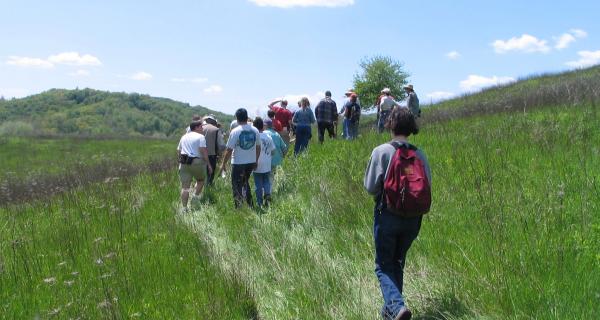
Strategic land protection: community lands
We know that providing places to explore and experience nature, close to home, is important to the health and well-being of our community. With climate change’s impacts on the rise, and climate stress is clarifying the need for community connections, quiet places to relax, and places to enjoy without long-distance travel. We are looking to increase our public conservation lands, and update those we have, to provide welcoming and inclusive experiences in nature. Many of these lands provide the dual benefit of conserving wildlife habitat.

Climate-smart land management
Whether you own wildlife habitat, working timberland, or farmland, we are working to bring you current strategies and information. This means that we stay in touch with local, statewide and national organizations who are focusing on opportunities for landowners to transition their operations to become more resilient to climate change and be part of the solution.
Examples include funding for farmers to implement permanent groundcover, rotational grazing, and other carbon capturing techniques for land management; selling carbon-offsets for woodlands and prairies; and understanding how dual-use solar and wind might help farm viability and land conservation efforts.
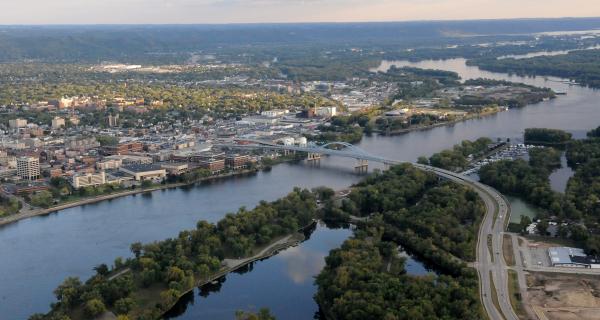
Partnering with community organizations and municipalities
We are looking for ways to partner with community organizations, nonprofits and municipalities to find creative solutions and funding to respond to climate change. For some it might mean conserving lands important to their community that are also important to slow down climate change. For others it could be exploring renewable energy and conservation related designs. Sometimes it involves brainstorming about how to reduce a municipality’s or nonprofit’s carbon footprint, in a holistic manner and what role we can play, as a land trust. We are open to new ideas and we are happy to connect you to others, as well.
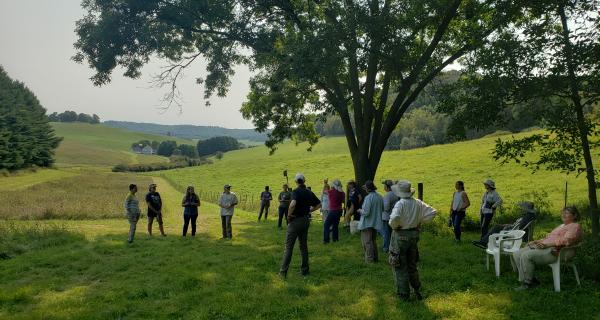
Hosting workshops and sharing information around climate change
We will be hosting and co-sponsoring workshops both in person and remotely that explore demonstration projects focusing on land management, ways people can take action, natural climate solutions, etc. Make sure you sign up for our eNews to receive updates.
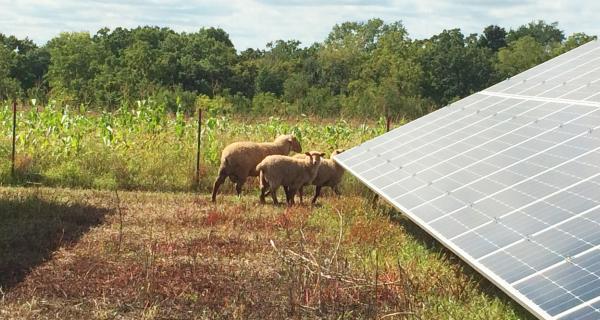
Supporting well-sited and designed dual use renewables
Given the urgency of slowing down climate change to ensure that the lands and waters we love thrive into the future, we will also be looking for good examples of thoughtfully designed and installed renewable energy projects. Wisconsin is losing farms at an alarming rate. There’s growing evidence that wind and solar can help with farm viability and be compatible with surrounding habitat.
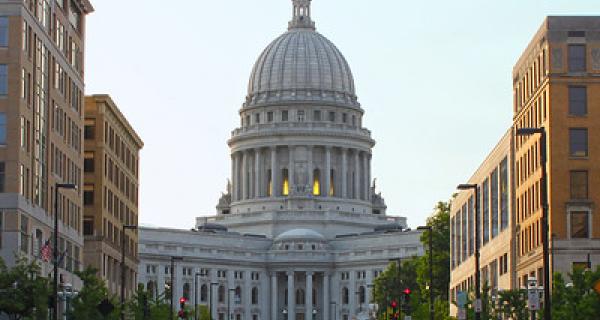
Encouraging energy conservation
Over the next several years we are going to have to move away from fossil fuels and transition to renewable energy. That means electrifying more of our energy. If we invest in energy conservation efforts it will not only save people and businesses money: it will mean we need less land and energy infrastructure. That’s why we will be exploring how to partner with others to find ways to make energy conservation a priority for Wisconsin.